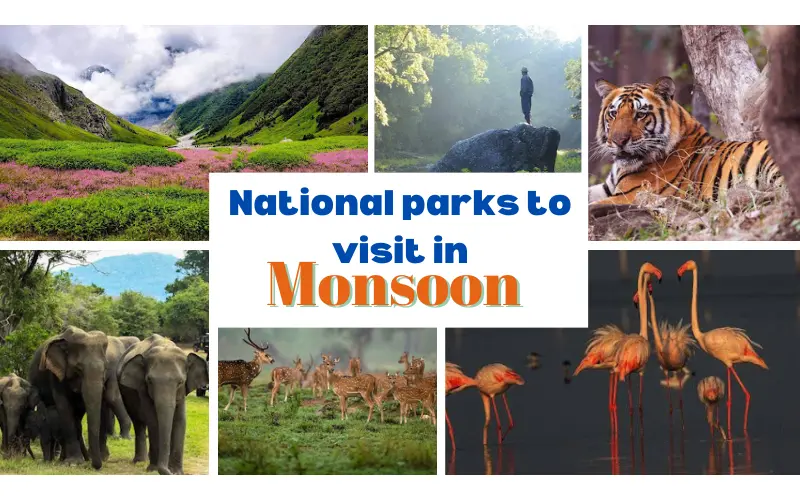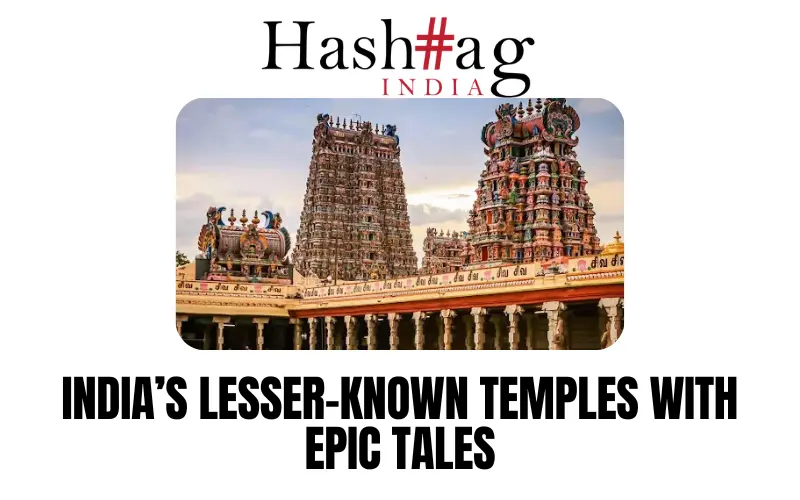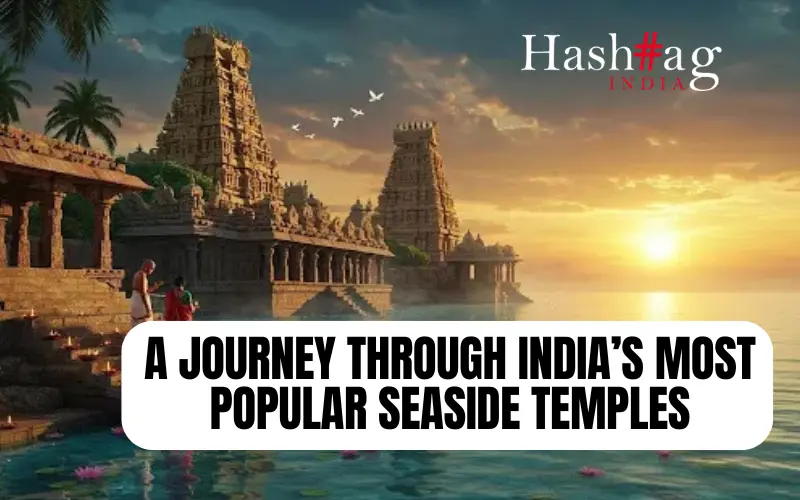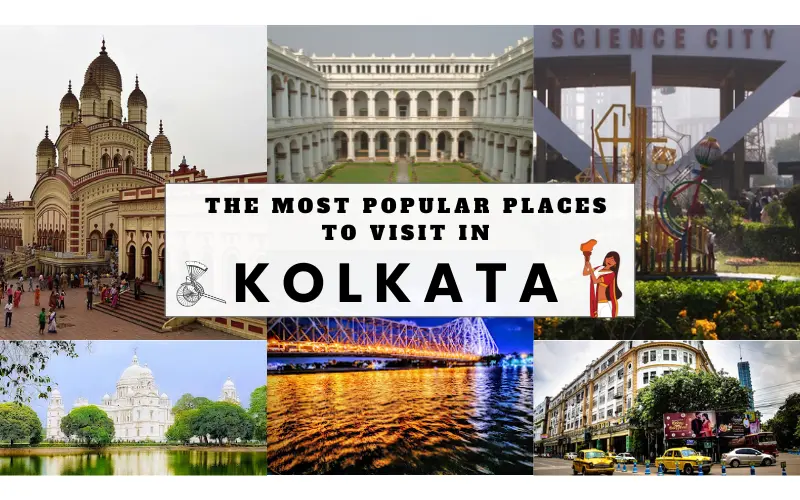Intro: As the first raindrops kiss the parched earth and the skies turn dramatic with monsoon clouds, India’s national parks undergo a breathtaking transformation. Verdant landscapes, mist-draped forests, and gushing rivers make these natural havens come alive. While many assume the monsoon is off-season for wildlife, it’s actually the time when nature is at her most expressive. DHANUSH KUMAR writes about India’s most spectacular national parks to explore when it rains.
Periyar National Park-Kerala
Tucked in the heart of the Western Ghats, Periyar is an emerald paradise during the monsoon. Its namesake lake swells with rain, and mist curls around the cardamom hills. While tigers remain elusive, elephants, sambar deer, and wild boars roam freely across the dense terrain. Boat safaris offer a tranquil way to spot wildlife against a lush, rainy backdrop.
Why Visit:
For surreal boat rides through the rainforest and misty encounters with elephants.

Valley Of Flowers National Park, Uttarakhand
A UNESCO World Heritage site, this Himalayan treasure comes into full bloom from July to September. The monsoon awakens a riot of alpine flowers, over 500 species, including blue poppies, orchids, and daisies. Snow-fed streams, cascading waterfalls, and vibrant meadows create a landscape straight out a fairytale.
Why Visit:
To witness a living canvas of wildflowers blooming against snowcapped peaks.

Kanha National Park, Madhya Pradesh
While some central Indian parks close during peak monsoon, Kanha’s buffer zones remain open and offer a quieter, rain-soaked safari experience. The sal forests glisten with dew, and the entire landscape turns lush and alive. It’s also the inspiration behind Kipling’s The Jungle Book
Why Visit:
For a dreamy, less-crowded safari in one of India’s most beautiful tiger habitats.

Silent Valley National Park-Kerala
True to its name, Silent Valley is nature at its purest and quietest. Rain transforms this untouched rainforest into a mystical world of moss-covered trees, rare orchids, and hidden waterfalls. Home to the endangered lion-tailed macaque, this park is a haven for biodiversity lovers.
Why Visit:
To experience pristine monsoon wilderness away from the crowds and close to the clouds.

Chilika Lake and Nalabana Bird Sanctuary-Odisha
Monsoon breathes new life into Asia’s largest coastal lagoon, attracting hundreds of thousands of birds and migratory waterfowl. Though the peak migration season is winter, the rains bring an early spectacle with painted storks, herons, and flamingos gliding across rain-laced skies
Why Visit:
For serene birdwatching, boat rides, and the charm of monsoon skies mirrored in a vast lagoon.

Satpura National Park- Madhya Pradesh
Satpura is one of India’s most underrated parks, and it turns magical in the rain. Unlike more commercialized reserves, Satpura offers canoe safaris, walking treks, and jeep rides through dense jungle. The monsoon adds a wild, romantic charm to its terrain of sandstone peaks, waterfalls, and deep gorges
Why Visit:
For offbeat adventure and intimate monsoon safari’s surrounded by untamed beauty.

Kaziranga National Park- Assam
Yes, Kaziranga often floods during monsoon but therein lies its secret drama. The mighty Brahmaputra swells, pushing wildlife, including the farmed one-horned rhinoceros to higher ground. This forced migration offers unique viewing opportunities along raised areas and park boundaries.
While full park safaris may be limited, responsible ecotourism lodges offer monsoon experiences like river rides, birdwatching, and cultural immersion.
Why Visit:
It is the best place to encounter with nature’s fierce grandeur, a reminder of the primal pact between land and life.

Conclusion
While many see monsoon as a time to hunker down, true seekers known it as the season when India’s wild heart beats the loudest. These national parks don’t just tolerate the rains they revel in them. So lace up those boots, take the road less traveled. Let the monsoon guide you, not away from adventure, but into its verdant core.































